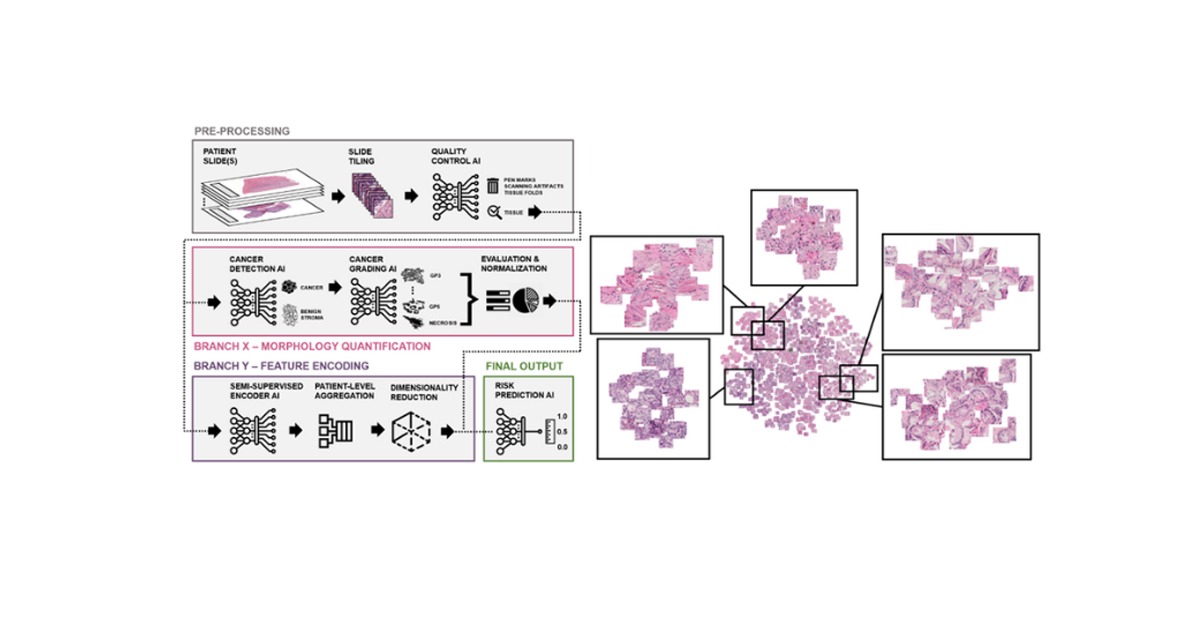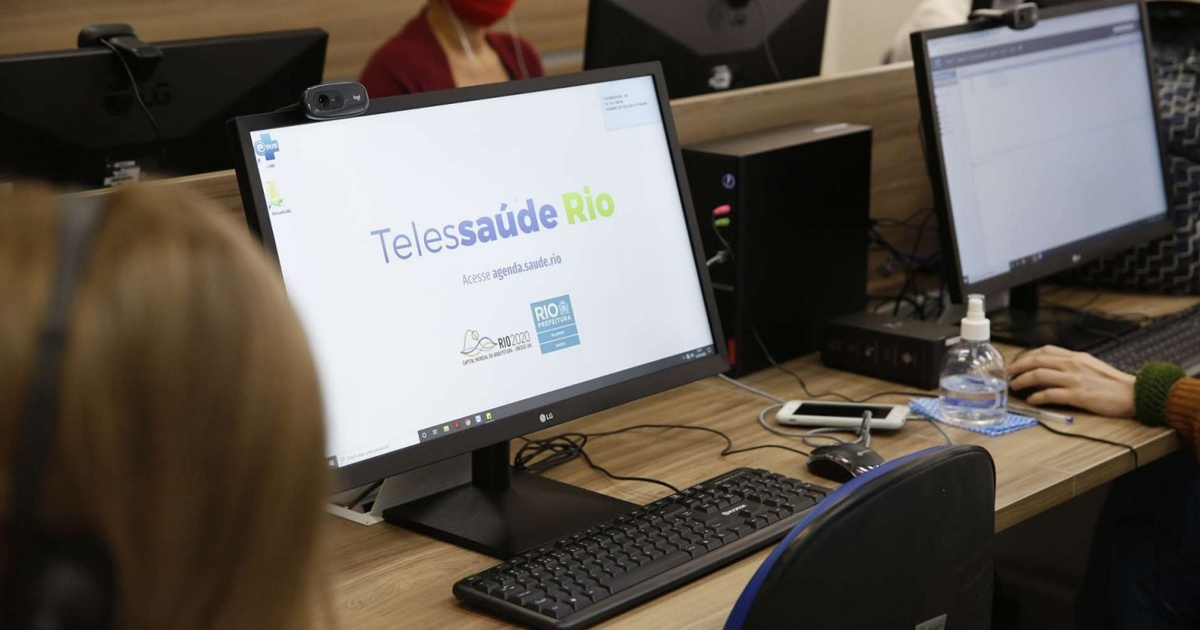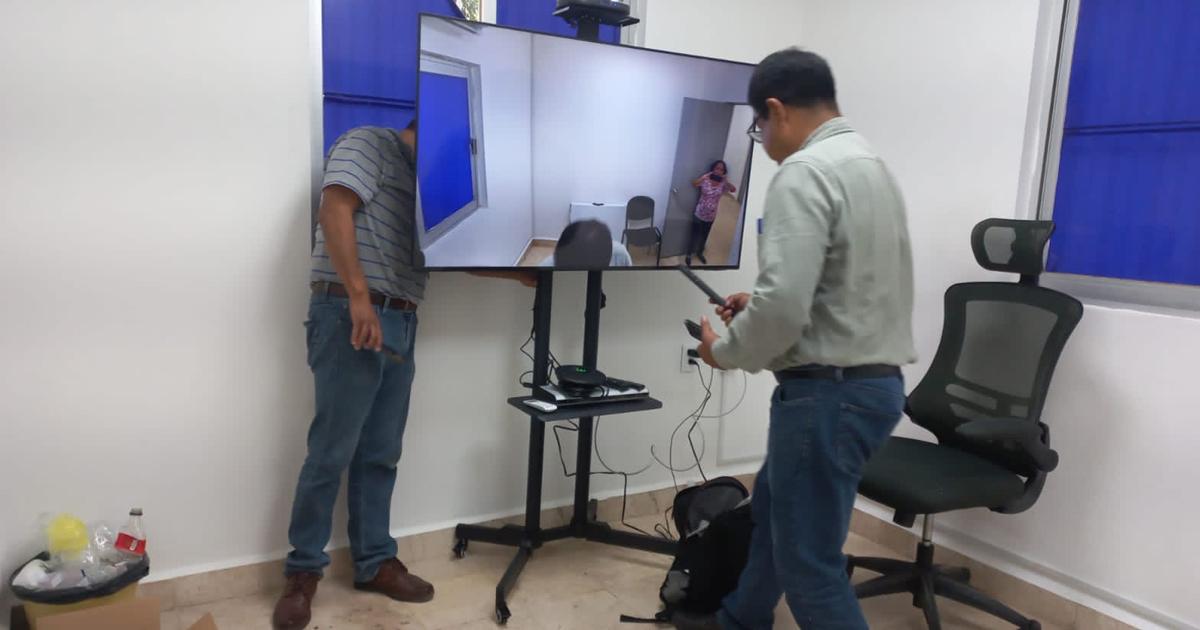Trabajar con la Digital Health implica llevar registro de un sinfín de datos que necesitan un espacio para mantenerse protegidos, el problema es que al tratarse de nomenclaturas con diferentes interpretaciones y características deben aislarse y almacenarse en diferentes sistemas. La Clínica Mayo está trabajando en la construcción de una infraestructura que permita conjuntar todas las bases de datos en un solo sistema.
Mayo Clinic, located in the state of Massachusetts, plans to improve the exchange of information through its operable systems.
El proyecto consiste en mantener toda la información médica disponible en un solo lugar tanto para los pacientes como los médicos y especialistas. Para esto, hace falta trabajar en conjunto e integrar todas las variables de las diferentes bases de datos e integrarlas en una sola base.
El problema central se encuentra en la interoperability de los information systems, pues cada uno utiliza un lenguaje y código diferente. El propósito que tiene la Clínica Mayo es adaptar un código único que permita el acceso a toda la información almacenada and, in this way to contribute ideas as a united community.
De este modo el paciente tendrá más seguridad al acceder a toda la información de su historia clínica; debido a que podrá consultarla en tiempo real desde cualquier parte del mundo y así poder continuar con sus tratamientos.
Interoperability allows to communicate, exchange data and use information between different systems and/or software that safeguards these elements for the future to intertwine and analyze each other.
Por ello, es indispensable que los diferentes sistemas de salud puedan transferir de un lado hacia otro a través de interfaces específicas, adaptadas o personalizadas, que estructuren la información de manera similar.

Para intercambiar la información de forma fluida, la Clínica Mayo utiliza el protocolo Fast Healthcare Interoperability Resources (FHIR) desarrollado por la organización internacional Health Level Seven (HL7).
Este procedimiento consiste en lograr una unión mediante un lenguaje específico y que los elementos llamados recursos puedan comprenderse de una manera clara y concisa evitando así, la ambigüedad entre los conceptos de salud o, por lo menos, ordenar sus conceptos en grupos que no sean tan complejos de localizar.
Con estas funciones, el gran volumen de datos que la Clínica Mayo maneja podrá ser resguardado dentro de una sola plataforma, conjuntando los datos que generan sus servicios, entre los que se encuentran los siguientes:
- Health books
- Healthy Living Program
- International Advisory Services
- Sport Medicine
- Programas públicos para salud y bienestar
- Mayo Clinic Health Letter (Boletín de salud de la Clínica Mayo)
- Servicios de laboratorio médico
- Mayo Clinic Voice Apps
- Productos médicos
Conoce los distintos servicios a través de: https://healthyliving.mayoclinic.org/?mc_id=global&utm_source=mayoclinicorgproductsservices&utm_medium=l&utm_content=healthylivingprogram&utm_campaign=hlp&geo=national&placementsite=enterprise&cauid=100470
Gracias a las ventajas que trae consigo la interoperability tejida en la compatibilidad, todo el ecosistema de datos podrá tenerse a la mano viviendo en una infraestructura unificada y funcional.
HEALTHCARE IT NEWS
HABLANDO DE SALUD
https://hablandoesalud.wordpress.com/2015/03/23/que-es-fhir-y-por-que-deberia-preocuparme/
EHCOS
https://www.ehcos.com/interoperabilidad-los-sistemas-salud/
MAYO CINIC







